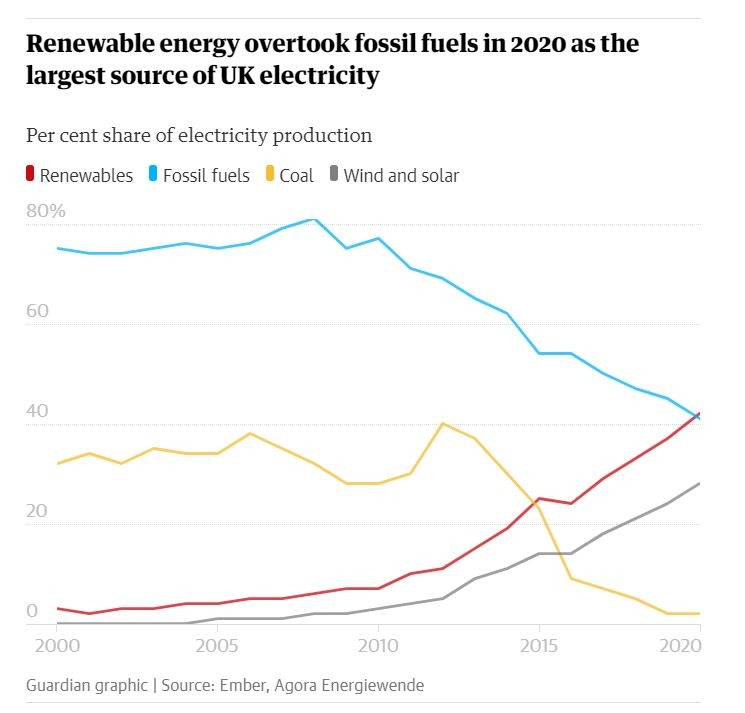
Hundreds of hills across the UK could be transformed into renewable energy “batteries” through a pioneering hydropower system embedded underground.
A team of engineers have developed a system that adapts one of the oldest forms of energy storage, hydropower, to store and release electricity from gentle slopes rather than requiring steep dam walls and mountains.
This could unlock hundreds of potential hydropower sites across the UK, which would be quicker and cheaper to build than traditional hydropower dams and also lead to fewer negative environmental impacts.
The hillside projects would mimic the UK’s traditional hydropower plants by using surplus electricity to pump water uphill, and later releasing the water back down the hill through turbines to generate electricity when needed.
But the “high-intensity” hydro projects use a mineral-rich fluid, which has more than two and a half times the density of water, to create the same amount of electricity from slopes which are less than half as high.
The company behind the plans, RheEnergise, said the project would pump the dense fluid up a hill with a height of 200 metres, at times of low electricity demand. It would be held in an underground storage tank larger than an Olympic-size swimming pool.
Then when extra electricity is required, the fluid would be allowed to flow back down the hill, over generating turbines, to effectively return the electricity used by its pumps earlier in the day back to the grid.

RheEnergise claims that this breakthrough could allow around 700 sites across the country to play host to their high-intensity hydro projects, which in theory could create a total of 7GW of energy storage to help the UK use more renewable electricity.
The UK is expected to need around 13GW of flexible clean energy generation and storage to help balance the electricity grid by the end of the decade, according to a report by Aurora Energy Research.
Other companies, such as Edinburgh-based Gravitricity, plan to create “gravity energy” to create electricity – by dropping weights down disused mine shafts – at half the cost of lithium-ion batteries. These innovative storage projects are unlikely to replace the UK’s need for batteries, but they could help the UK meet its targets at a lower cost.
Stephen Crosher, chief executive of RheEnergise, said its high-intensity hydro projects could be built in one to two years, quicker than traditional hydropower projects, which take between five to 10 years to construct and require high levels of financing. He hopes to build the first plant in mid-2023 and has begun crowdfunding the cash to pay for the pilot.
RheEnergise would begin building projects of about 10MW at disused mines and quarries, but it could also locate the projects near wind and solar farms and bury the system in hillsides to reduce their visual impact, he said.
Crosher expects many local communities may choose to use the hilly site to restore natural grasslands, or grow trees, while the pipes and tanks remain underground for the duration of the project’s 60-year lifespan.
• The second graphic in this article was amended on 8 February 2021. Renewable energy overtook fossil fuels in 2020 as the largest source of UK electricity, not as the largest source of UK energy as a previous version said.
You could find more about this article on the website .cdn.ampproject.org HERE – Author: Jillian Ambrose















